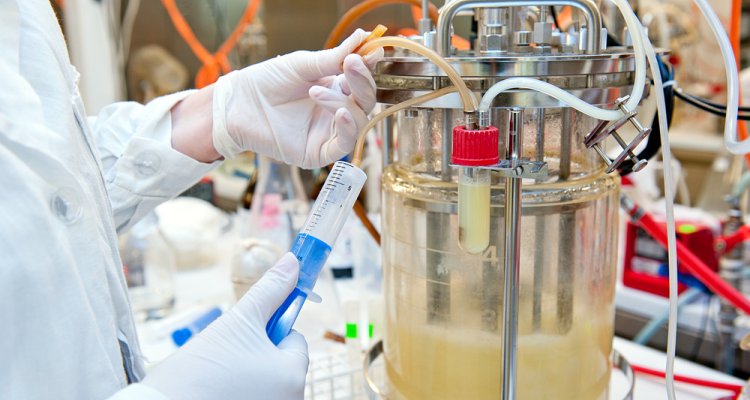
Project
Modelling tool for giving value to agri-food residual streams in Biobased industries: Model2Bio
MODEL2BIO will develop and validate an innovative model-based decision support tool that predicts the physico-chemical characteristics of the bio-based residual streams generated in the agri-food sector, explore available alternatives for its valorisation as feedstock in the bio-industry and selects the most appropriate options taking into account social, economic, environmental and regulatory criteria (including logistics).
Waste disposal/processing is the second major challenge for our society. In 2016, the total waste generated in the EU-28 amounted to 2538 million tons, and only a limited (albeit increasing) share (36%) was recycled. The rest was landfilled or burned, of which some 600 million tons could be recycled or reused.
The food and drink industry is the biggest industrial sector in the EU, with over 17 million businesses involved in producing, processing, transporting and selling food. Annually, around 41 million tons of food waste are generated in the EU at the manufacturing stage. Current management practices of food losses (FL) and organic side streams (OSS) of the agri-food sector are, in decreasing order of added value for organic waste: animal feed, composting, incineration, and landfill.
Transition
These loss values have led the European Commission (EC) to identify food waste as one of the priority areas of the EU Circular Economy Action Plan, promoting the transition to a more circular economy, where waste is considered as a continuous and sustainable source of chemical energy and resources. Reusing these food residual streams as feedstock for the bio industry is one of the main solutions to address this transition. However, due to its variability of the composition and the chemical and physical characteristics due to its seasonality and geographical location, variability of the production process, variability in production volume and consequently residual streams generated, it is a flow with a very heterogeneous nature and composition over time. Developing a predictive model for these residual streams is thus a huge challenge. Given the lack of information on this heterogeneity in quantity and composition, the operation and viability of the bio-industries is unfortunately, to say the least, challenging. In the same line, it is difficult to devise an optimal management scenario of the streams, as well as the identification of new management needs.
Project
The MODEL2BIO project will assess this situation by developing a predictive mathematical modelling tool, able to predict the chemical composition and physical characteristics of a concrete agri-food residual stream, its best valorisation route, and its potential for resource and energy recovery in each valorisation route, all depending on seasonality and geographical location.
Within the project WFBR will, for part of their work, be involved in experimental work providing information for model development on possibilities for storage and transformation of the waste streams into valuable building blocks for the bio-industries. Furthermore, WFBR will contribute too and at a later stage make use of the models developed.
The MODEL2BIO consortium consist of a multidisciplinary team of 11 partners from 5 different countries, covering the whole value chain and containing RTDs, universities, SMEs and clusters, and the active involvement of 27 companies providing residual streams, production process data and validating the MODEL2BIO tool. MODEL2BIO Budget is 5.919.086€ and request 4.730.393,8€ for funding.